With its vast seascape and extensive views of the Snowdonia peaks, Newborough Beach – or Llanddwyn Beach – on the south coast of Anglesey, is an ideal spot for a family picnic. Add a little exploration to discover its wildlife, and you have the perfect day out.
Where is Newborough Beach?
Newborough Beach is located on the southwest coast of Anglesey in North Wales
Are Newborough Beach and Newborough Warren the same?
Newborough Warren contains one of the largest dune systems in the UK. Combined with Llanddwyn Island or Ynys Llanddwyn, since 1955 it became the first coastal Newborough National Nature Reserve and Forest in Wales. This is also where the sandy Newborough beach is located.
The area is popular for walking, birdwatching, and enjoying the natural beauty of the coastal landscape.
Newborough National Nature Reserve was formed 700 years ago when a tremendous storm blew sand inland. Marram grass, planted in Elizabethan times, helped to stabilise the sand and, in the 1950s, part of the dunes were planted with trees.
Although the forest is not part of the reserve, it is a Site of Special Scientific Interest, with red squirrels and a large raven roost.
The ridge of pre-Cambrian rock that passes through Newborough Forest ends at Llanddwyn Island, a narrow finger of land with a lighthouse, pilots’ cottages and islets, where cormorants line up. The warren is known for its wildflowers and butterflies, while the water’s edge attracts ringed plovers. Look carefully and you may even spot grey seals in the bay.
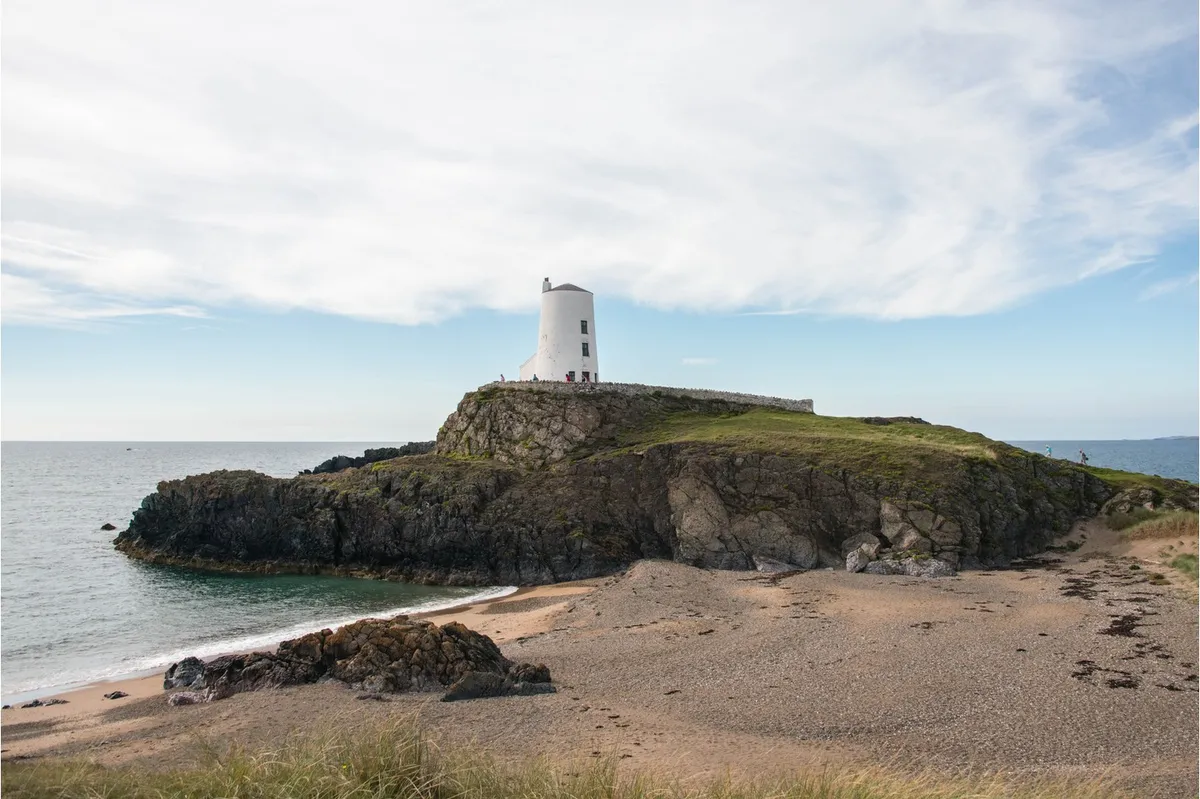
Newborough Beach Tide Times
Tide times vary, so check Tide Times for accurate times before visiting.
How to get to Newborough Beach
- By Car: From the mainland, follow the A55 expressway onto Anglesey. Continue on the A55 and then take the A5 towards Bangor. Cross the Menai Bridge onto Anglesey and follow the A4080 towards Newborough.
- Public Transport: While public transport options are available to Anglesey, getting to Newborough Beach specifically might require additional local transport or walking.
Always check for any local travel updates or changes, and consider using a GPS or maps application for precise directions.
Where to park for Newborough Beach
From the Menai Bridge (A5), take the A4080 to Newborough, then a toll road (£3) signed ‘to the Beach’. Car parking is included in the toll. The best postcode to use when accessing Newborough Beach car park is LL61 6SG.
From the car park, you can access Newborough Beach by walking through Newborough Forest. Follow the well-marked paths.
Newborough Beach disabled access
There is disabled access just off the main car park in Newborough Forest, and also an accessible bird hide by Llyn Rhos-Ddu. The former has toilets, but the latter does not.
Newborough Beach wildlife
Dark green fritillary
From the end of June until early August, the dark green fritillary feeds on nectar of the dune flowers of Newborough Warren. You can distinguish it from other fritillaries by the greenish colour and silvery spots on its underwing. There is only one brood a year, and caterpillars hibernate in the leaf litter of the violet family before feeding on the plant in the spring.
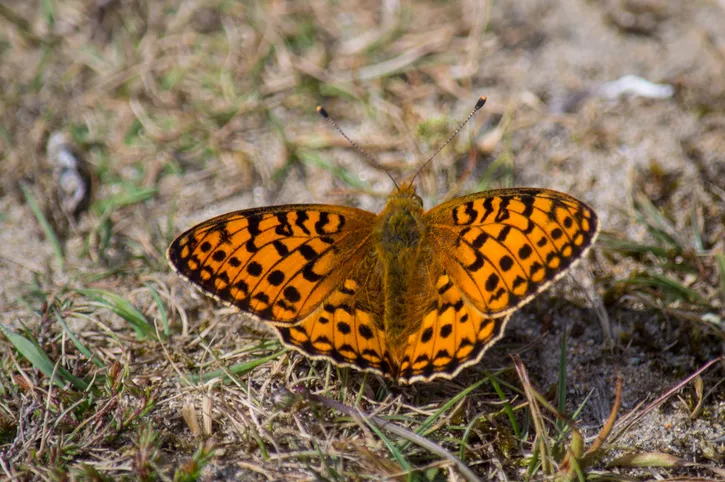
Grass of Parnassus
Look in the dune slacks of Newborough Warren in July for the lovely grass of Parnassus, which is not a grass, nor does it look like one. The honey-scented white flowers are the size of daisies and face the sky from the tip of their 10-30cm (4-12in) tall stems. The name comes from Mount Parnassus in Greece, where it is reputed to have carpeted the slopes of the peak.
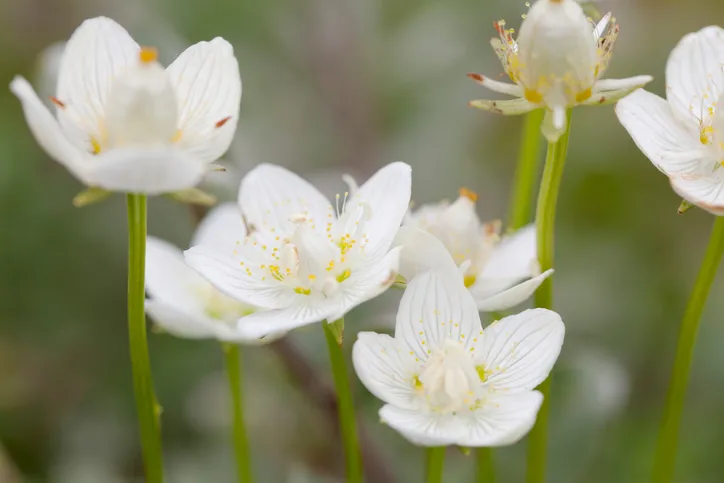
Sea campion
At the back of the beach and on Llanddwyn Island, look for the white bobbing flowers of sea campion in the shingle and rock crevices. Flowering from May to August, its stems are shorter and its white flowers larger than its close relative the bladder campion. Both species exude a scent at night that attracts night-flying moths. The marbled coronet moth lays its eggs on the buds and flowers in June and July.
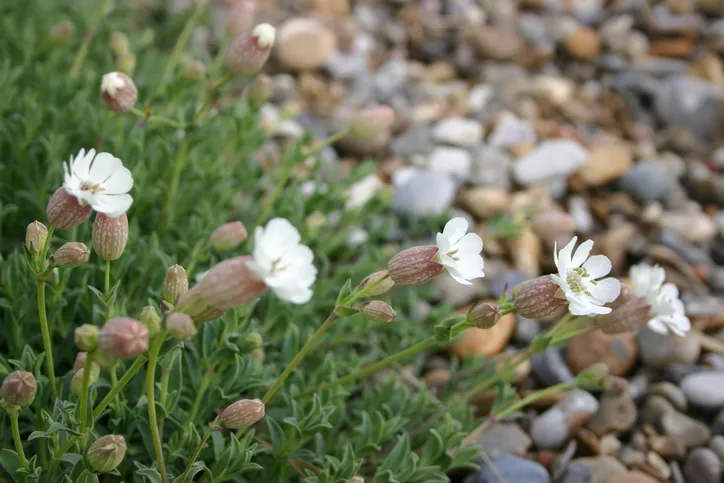
Ringed plover
While walking on the beach or along the coastal path of Llanddwyn Island, look out for ringed plovers pecking at the water’s edge. They hunt by sight and pick up their food from the surface with their stubby beaks. Their well-camouflaged nests, lined with bits of vegetation and small pebbles, consist of a depression in the shingle.

Northern marsh orchid
In late June and July, the northern marsh orchid – one of Britain's more common orchids – brightens the dune slacks. Reaching a height of 15-35cm (6-18in), it has between four and six broad pointed leaves growing from the stem, with a spike of 20-40 maroon/purple flowers marked with lines. The southern marsh orchid, a close relative with which it can be confused, does not grow here.
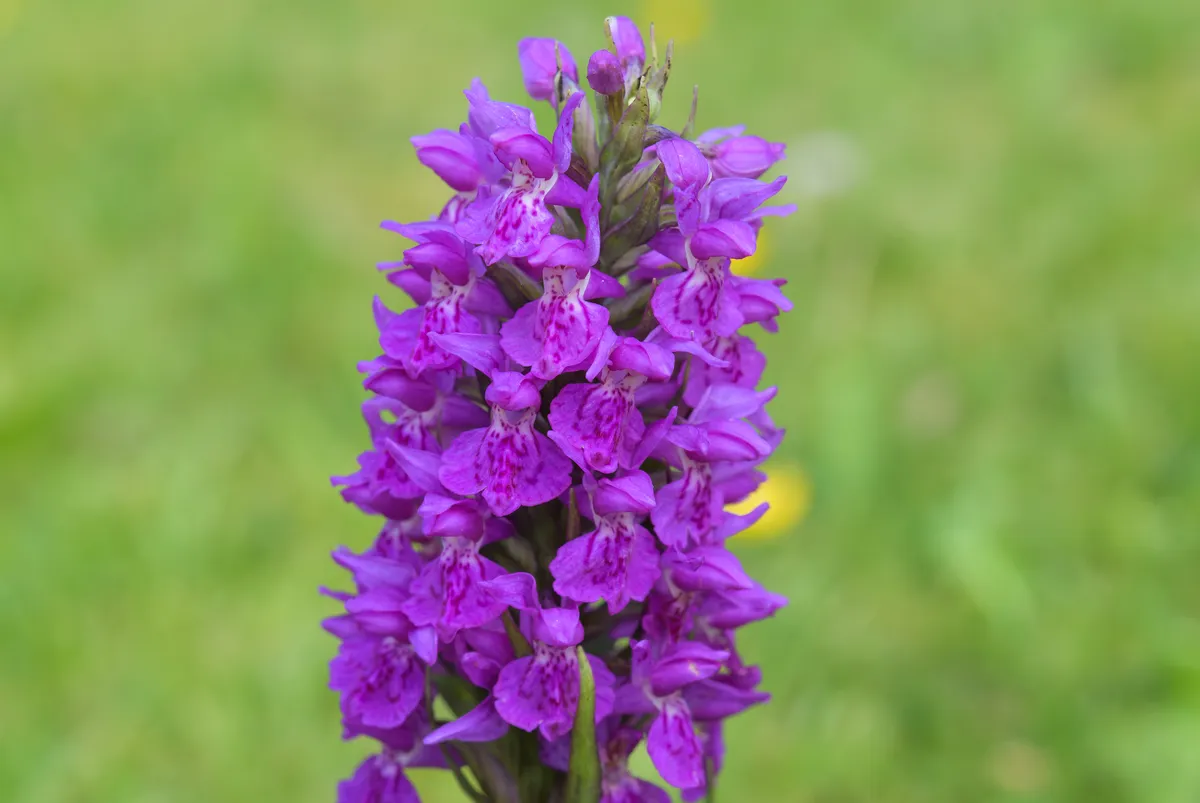
Cormorant
The headlands of Llanddwyn Island overlook rocks and islets where large numbers of cormorants line up to dry their partly opened wings after a diving session. These powerful swimmers hunt their prey, such as flatfish, underwater. You may also spot them flying low above the sea. They build their nests with seaweed and whatever they can find on small rocky islands and cliff ledges, and both parents feed their young on regurgitated fish.
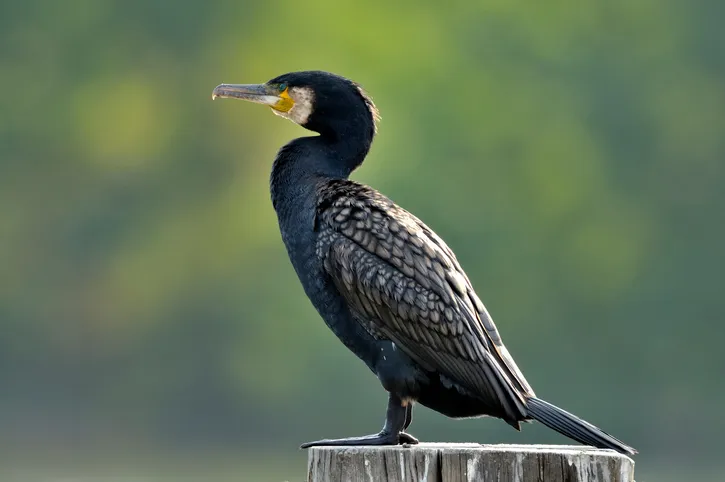
Where to eat near Newborough Beach
Hooton’s Homegrown
Gwydryn Hir, Brynsiencyn LL61 6HQ. T: 01248 430344
This farm shop serves lunches and cream teas, as well as offering pick-your-own.
Penrhos Arms
Holyhead Road, Llanfair LL61 5YQ. T: 01248 714892
Traditional, local food in the centre of the village with the longest place name in Europe. Check availability and book on Booking.com
Where to stay near Newborough Beach
Anglesey Farms
Stay in one of 15 working farms on Anglesey, from cosy family-run B&Bs to self-catering options.
Awelfryn Caravan Park
Newborough LL61 6SG. T: 01248 440230
Camping and caravan site a short walk from Newborough Warren.
If these are fully booked or you're looking for more inspiration, check out hotels in Anglesey on Booking.com and TripAdvisor.
Discover more days out on Anglesey
Our experts have put together guides for walks at Penmon Point, Cemaes to Porth Wen and South Stack, as well as more features about Yns Llanddwyn and comprehensive guides to Anglesey.